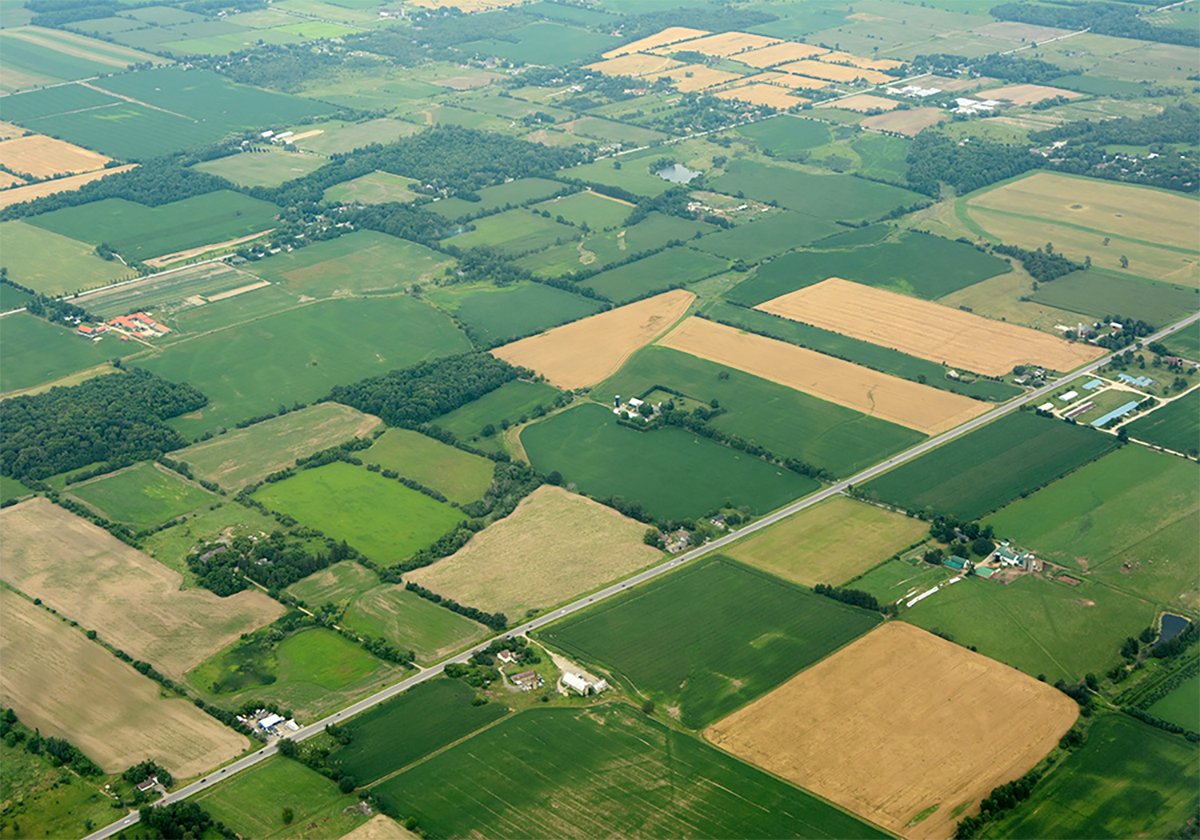The proverbial excrement hit the fan when Canada confirmed its 19th case of BSE Feb. 11.
Coming as it did four years after the last case, and in an animal born after a more stringent 2007 feed ban was imposed to eliminate the disease from the national herd, this recent case has attracted worldwide attention.
The strength of the beef industry’s traceability system is now being questioned because the infected cow didn’t have the required ear tag.
At least three trading partner countries have announced restrictions on Canadian beef and bovine products.
Read Also

Higher farmland taxes for investors could solve two problems
The highest education and health care land tax would be for landlords, including investment companies, with no family ties to the land.
As well, two cattle operations — one where the BSE-infected animal was born and one at which it was discovered — are in turmoil. Others might be drawn in as well, depending on how the investigation evolves.
Small wonder cattle producers might ask themselves whether submitting animals for BSE testing is really worth the effort. After all, there are potentially dire consequences for their operations and for the national industry.
Canadian producers who have had the misfortune to find a case of BSE in their herds have paid a high price for doing the right thing. Their herds have been decimated or destroyed and their livelihoods affected from that happenstance as well as the global trade fallout.
Some 229 people among the world’s billions have developed the human form of BSE, the horrible and deadly variant Creutzfeldt-Jakob disease, since its discovery in 1996. Does that mean BSE is still a significant worldwide human health concern?
Might it be time to revisit the “shoot, shovel and shut up” scenario as preferable to testing?
In a word, no.
That is a dangerous thought, albeit one that some producers say they’ve pondered.
However, failure to provide cattle for BSE testing is essentially an abdication of accountability. It is a rejection of regulations put in place to eradicate the disease from Canada and assure consumers that food safety has the highest priority.
If the policy makers and regulators had accepted the premise that BSE presents no significant human health threat, would that have allowed beef from case number 19 to enter the food chain?
Would consumers and global trading partners have accepted that possibility without reaction?
Again, in a word, no.
In terms of cost/risk analysis, the automotive industry offers a recent and apt comparison.
General Motors knew of but ignored faulty ignition systems in its vehicles for years. Though few people have died as a direct result, the liability it now faces could set the company adrift.
The Canadian cattle industry could share a similar life raft if it were to ignore the possibility of BSE and fail to provide sufficient tested numbers to assure safety.
Rigid application of the feed ban, coupled with animal testing to prove its efficacy, could allow Canada to eliminate BSE entirely. But just as measles are an unexpected scourge when people become complacent, so might BSE cases multiply if that same type of complacency flourishes. The results would be disastrous.
Producers must continue to provide animals for testing despite the inconvenience and despite any misgivings they might harbour about the endeavor. The potential repercussions go far beyond the personal.
The federal government can assist by developing a national program to help offset producer costs for BSE testing. That would both encourage and partially reward them for continuing to do the right thing.














